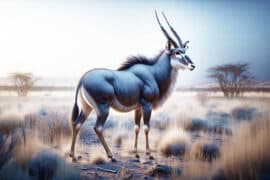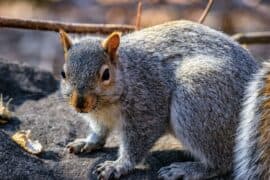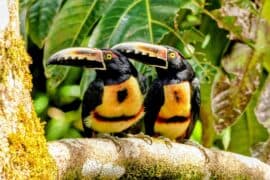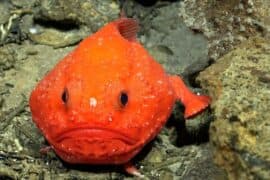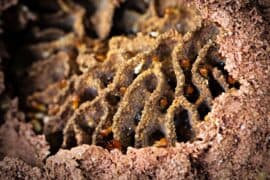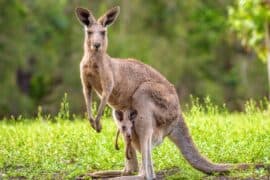Philippine cobra
(Naja philippinensis)
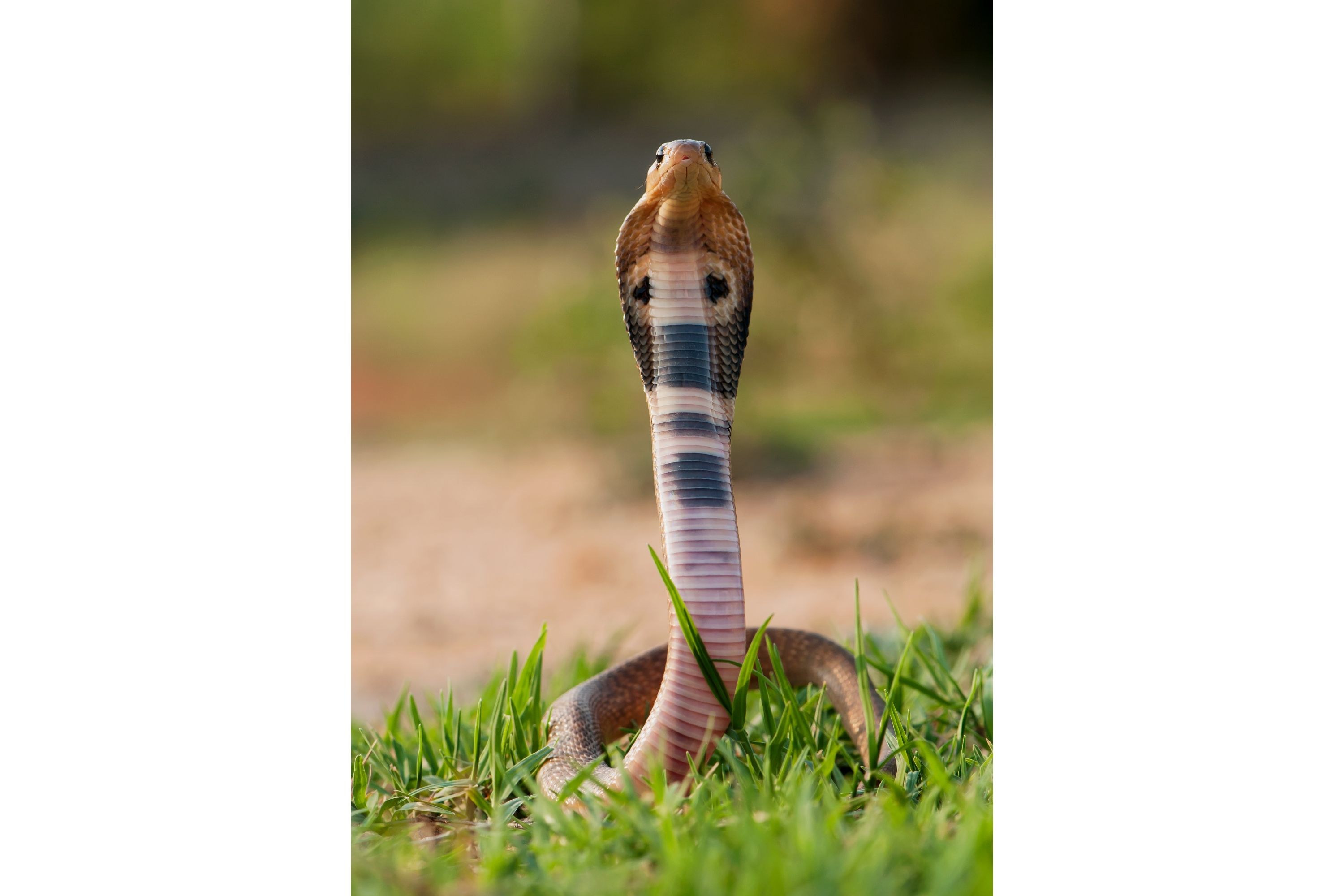
Description
The Philippine cobra (Naja philippinensis) also called philippine spitting cobra or northern Philippine cobra, is a stocky, highly venomous species of spitting cobra native to the northern regions of the Philippines. The Philippine cobra is called ulupong in Tagalog, carasaen in Ilocano, and agwáson or banákon in Cebuano. Naja philippinensis was described by American herpetologist Edward Harrison Taylor in 1922. The generic name naja is a Latinisation of the Sanskrit word nāgá meaning "cobra". The specific epithet philippinensis is Latin and literally means "from the Philippine Islands". The Philippine cobra is a stocky snake of medium length with long cervical ribs capable of expanding, so when threatened, a hood can be formed. The average length of this species is 1.0 metre (3.3 ft). The species can grow to lengths of 1.6 metres (5.2 ft) However, subpopulations of the species, particularly specimens from Mindoro Island, are said to attain lengths of 2 metres (6.6 ft), but these are unconfirmed claims. If true, however, 2 m would be very rare and would be considered the absolute maximum for this species. The head is elliptical, depressed, slightly distinct from neck with a short, rounded snout and large nostrils. The eyes are moderate in size with dark brown and round pupils, typical of other cobra species and similar to other elapids in general. It has a fairly stocky build for an elapid, and adult snakes are uniformly light to medium brown, while the juveniles tend to be a darker brown in color. They have 23-27 scale rows around the neck and 21 just above the middle part of the body; 182-193 ventrals, 36-49 subcaudals, and basal pairs are sometimes undivided. Scalation There are 23-27 (usually 25) scale rows around neck, 21 (rarely 23) just ahead of mid-body; 182-193 ventrals, 36-49 subcaudals, basal pairs sometimes undivided. The Philippine cobra occurs mostly in the northern regions of the Philippines. They can be found on the islands of Luzon, Mindoro, Catanduanes, and Masbate. This species likely may occur in other neighboring islands, but this remains unconfirmed. Records from the Calamianes group and Palawan require confirmation.
Taxonomic tree:

